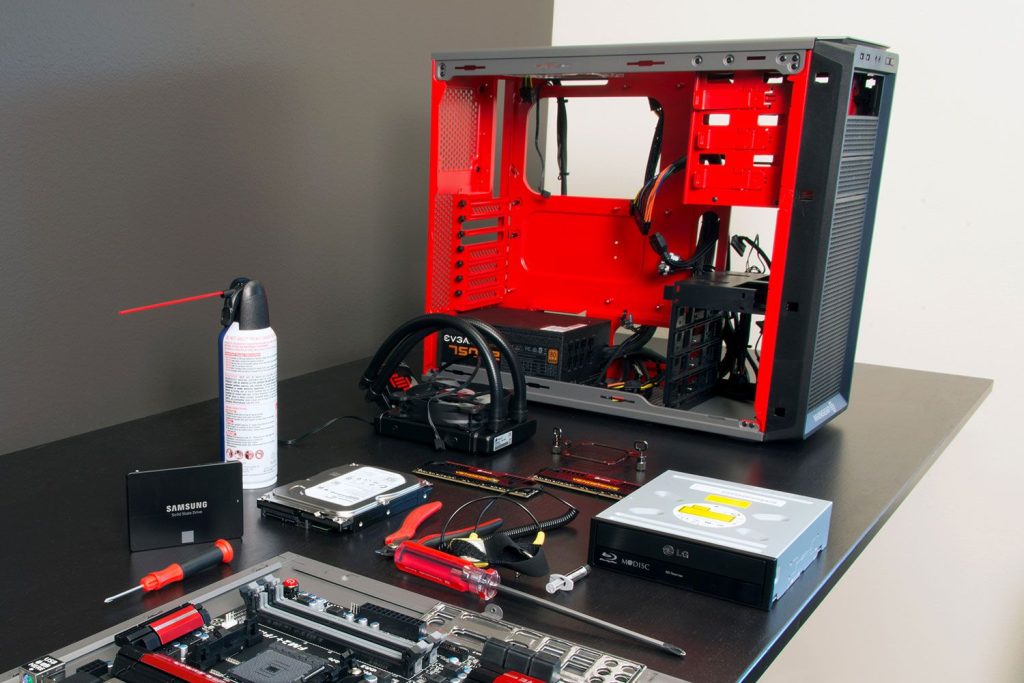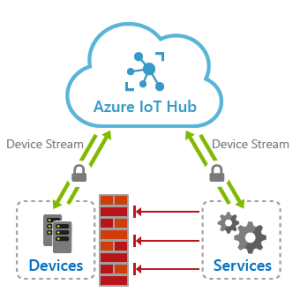
Tips for Building a Computer for Graphic Design
Introduction:
Graphic design is a visually demanding field that requires powerful hardware to handle complex image editing, design rendering, and multimedia tasks. Building a computer specifically optimized for graphic design can significantly enhance your creativity and improve your productivity. In this article, we will discuss some crucial tips to consider when selecting components for a computer tailored to graphic design needs.
1. Prioritize the Processor (CPU):
The processor is the brain of your computer, responsible for executing tasks and handling calculations. For graphic design work, opt for a high-performance CPU such as Intel Core i7 or i9, or an AMD Ryzen 7 or 9 processor. These CPUs offer excellent multi-threaded performance and efficient rendering capabilities, ensuring smooth operation when working with resource-intensive design software.
2. Graphic Card (GPU) Selection:
A powerful graphics card is essential for graphic design tasks that involve editing high-resolution images, working with 3D modeling software, or rendering complex visual effects. Look for GPUs with a substantial amount of dedicated video memory (VRAM) and good rendering performance. NVIDIA GeForce RTX series or AMD Radeon RX graphics cards are popular choices among graphic designers.
3. Sufficient RAM Capacity:
When working with graphic design software, large image files, and numerous layers, sufficient RAM becomes critical for smooth multitasking. Aim for a minimum of 16GB of RAM and consider up to 32GB or more if your budget allows. This ensures high performance and prevents lag, especially when working with large projects or utilizing memory-intensive applications.
4. Fast and Reliable Storage:
Graphic design projects often involve handling large files, so you’ll want fast and reliable storage options. Consider a solid-state drive (SSD) for your operating system, software, and frequently accessed files, as they offer faster read and write speeds compared to traditional hard disk drives (HDD). Additionally, pairing it with a larger HDD for long-term storage is ideal to maintain a balance between speed and capacity.
5. High-Resolution Display:
A high-resolution display with accurate colors and wide viewing angles is crucial for graphic design. Opt for monitors with at least a 1080p resolution or higher, with an IPS (In-Plane Switching) panel for better color accuracy and wider color gamut coverage. If your budget allows, consider upgrading to a 4K monitor, as it provides remarkable detail and clarity for your design work.
6. Efficient Cooling System:
Graphic design work can put a significant load on your computer, resulting in increased temperatures. To maintain optimal performance and prevent thermal throttling, a reliable cooling system is necessary. Consider installing additional case fans, using liquid cooling solutions, or opting for cases with excellent airflow. This ensures that your computer runs smoothly even during prolonged design sessions.
7. Connectivity and Future-Proofing:
Consider the connectivity options available on your computer, such as USB ports, Thunderbolt support, and memory card slots. These features are essential for connecting peripherals, external storage, and transferring data quickly. Additionally, keep future-proofing in mind by selecting components that support the latest technologies and standards, ensuring your computer remains compatible with upcoming software and hardware advancements.
Conclusion:
Building a computer tailored to graphic design requirements requires careful consideration of several vital components. By selecting a powerful CPU, a capable GPU, sufficient RAM, fast storage, a high-resolution display, efficient cooling, and future-proofing features, you can create a workstation that maximizes your creative potential and boosts productivity. Remember, investing in quality hardware pays off in the long run, as it provides stability, smoothness, and the ability to tackle even the most demanding graphic design projects.

